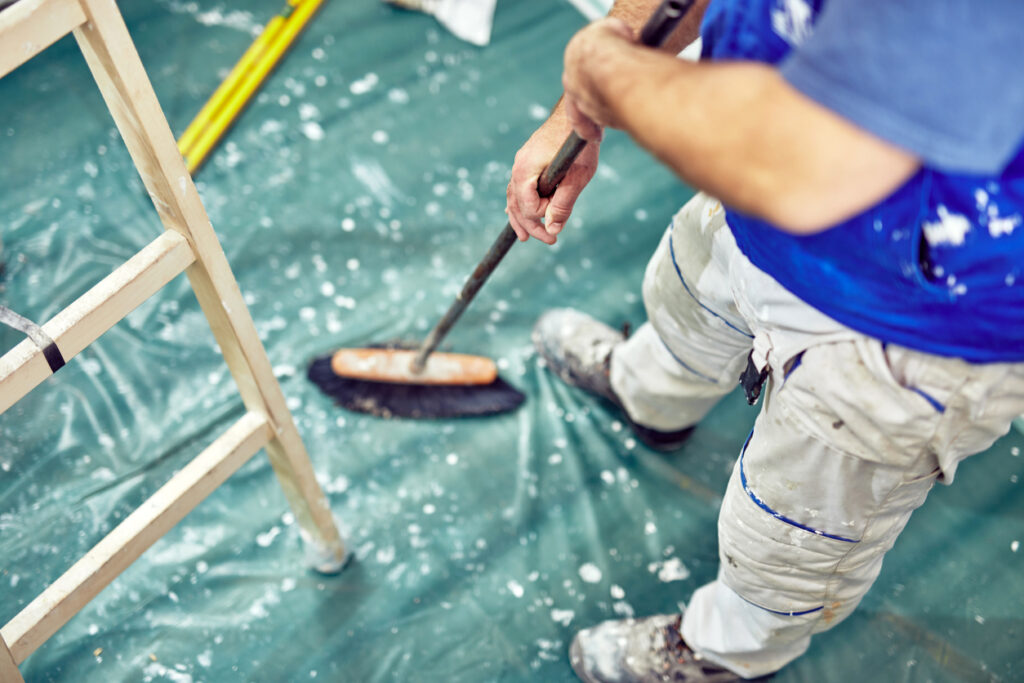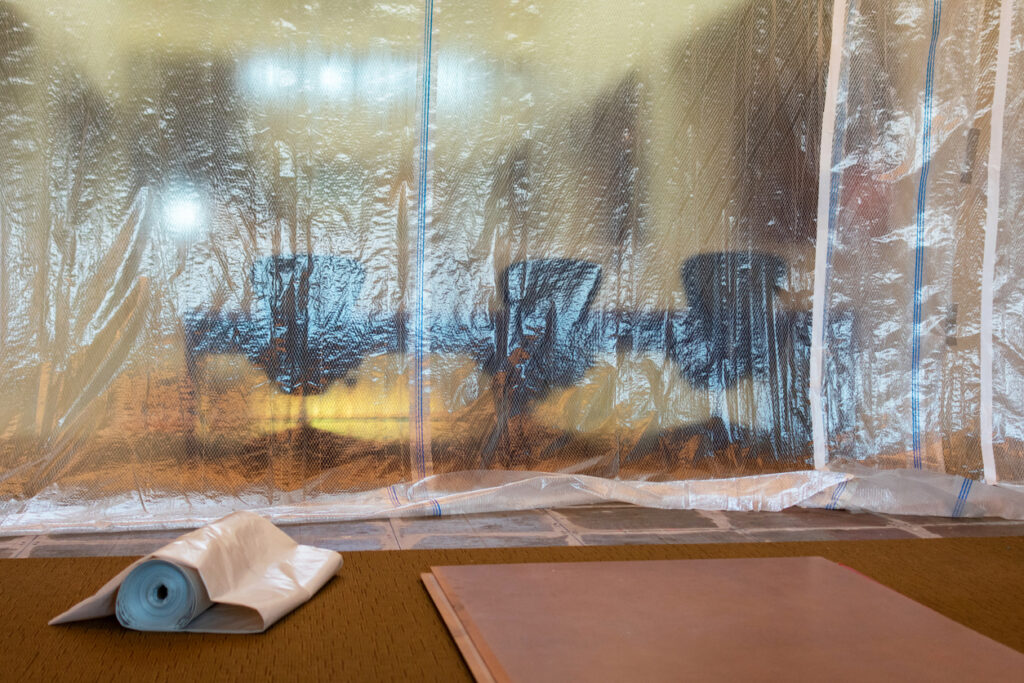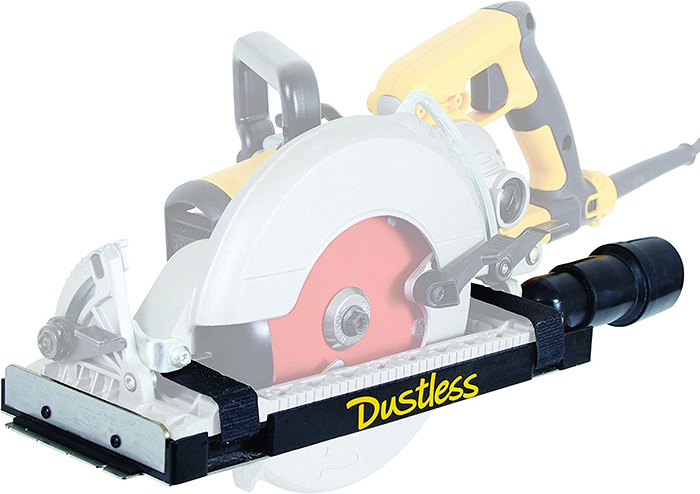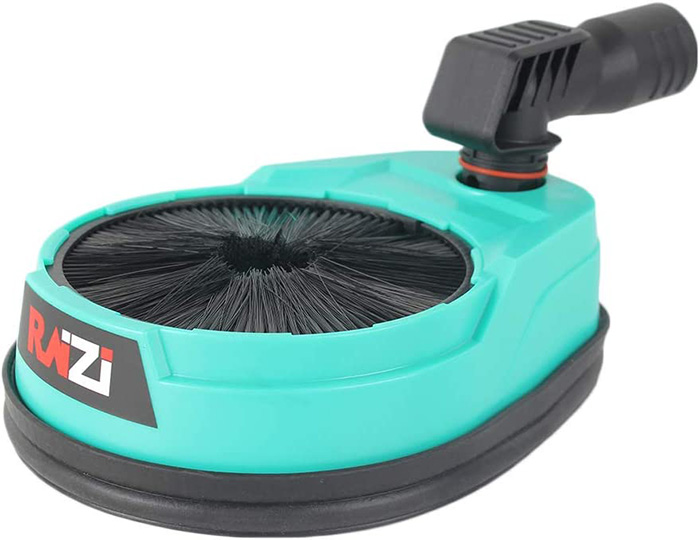One way to improve your home’s Portland Home Energy Score is to invest in energy upgrades. With Portland being the first in the state to adopt a program of this kind and other Oregon cities following suit, Oregon and the rest of the country are primed to make big changes that will result in positive outcomes for individuals and their families, as well as the environment in general.
In fact, the Natural Resources Defense Council (NRDC) says there’s no better time to consider home energy upgrades, given the recent unveiling of the Biden Administration’s Inflation Reduction Act (IRA). Why? Because within it are rebates and other perks for those who want or need to revamp the energy consumption in their homes. Keep reading for a list of available rebates.
For many, upgrades mean a disruptive dismantling of living spaces not to mention the dust projects of this kind generate. Dust during upgrades is far more than an inconvenience. Excessive dust can affect air quality in your home and lead to health issues for you, your family, and your pets.
Read on to learn how to manage the inevitable occurrence of dust in your home during an energy upgrade.
Why Care About Dust Control During Home Energy Upgrades?
There are many reasons to be concerned with dust control during your home energy upgrade, including easy clean up, safety, protection of your home and personal items, and legal requirements.
Easy Clean Up
This might be a no-brainer, but considering the time and effort saved with clean up after a home energy upgrade, it’s worth a mention.

Taking the appropriate precautions in the beginning will save time (for you, if you do the project yourself) and money (if you have a professional take care of the project).
Safety of Humans
The health and safety of you, your family, and your pets, as well as the professionals who are conducting the construction for the upgrades in your home (if your project is not DIY) is the first concern. Dust alone can cause health issues, with microscopic particles being inhaled and lodging in the lungs and respiratory system. In addition, older homes in Portland (those built before 1978) likely contain lead paint and asbestos in drywall and wall plasters. Taking the appropriate precautions to reduce or eliminate the likelihood of airborne dust particles of any variety will help ensure your family’s safety.

Safety precautions should also be exercised on any energy upgrades that occur outside your home, especially when disrupting the soil is required. While all soils contain minerals, metals, and microorganisms on a variety of levels, in and around Portland, we also have to consider the presence of crystalline silica, a kind of quartz dust, that can lead to silicosis, a long-term lung disease. This naturally occurring substance can also be found in building materials, like brick, mortar, and concrete.
Protection of Property
Dust of any type settling on personal items and your home’s surfaces and finishes can cause damage, with microscopic dust particles serving as an abrasive. Take, for instance, your beautiful hardwood floors. A thin layer of dust accompanied by foot traffic across the shiny surface can not only remove its sheen, but can also lead to the need for a follow up sanding and finishing, costing you money and time.

Also, unnoticeable airborne in your home can settle on screens, creating the potential for scratching, and in fabrics on upholstery, blankets, rugs, and throw pillows, increasing the chance of inhalation long after the energy upgrade project has been completed.
Legal Requirements
Beyond controlling dust out of concern for human and animal health safety and for care of property, laws exist that require dust control, as well. As mentioned, homes built before 1978 that contain hazardous substances, which may be safe on a day-to-day basis, can become problematic when surfaces are disrupted. Both the Occupational Safety and Health Administration (OSHA) and the Environmental Protection Agency (EPA) specify the necessary precautions for all types of dust control. Also, the National Renewable Energy Laboratory (NREL) offers Standard Work Specifications (SWS) to further ensure the management of proper precautions for optimal safety during home upgrades and other types of construction.
Read more about OSHA’s guidelines for dust control.
Read more about the EPA’s guidelines for dust control.
Working With Professionals vs. DIY Home Energy Upgrades
If you have the skills to perform your own home energy upgrade, great. There are two primary ways to approach dust management during your project. Likewise, if you hire a professional to take care of the upgrade, knowing about dust control precautions before you sign on the dotted line and commit to their services, is a good way to protect your family, your home, and your wallet.
Shrouding
You can buy shroud attachments for power tools to be used in a home energy upgrade. Shrouds for saw blades and drill bits can drastically diminish airborne dust particles.


The saw shroud on the left consists of a vacuum that pulls away and contains 99% of the dust generated during a home energy upgrade. The drill shroud on the right works in much the same way. By mounting it on the wall and attaching a hose, you can be sure that most of the dust generated from drilling will be removed, never to hit the air.
In addition, any professional contractor should utilize shrouds on their equipment for interior construction projects. Be sure to ask about their shrouding practices and equipment.
Containment
Containment can have a lot of different interpretations. It can mean everything from a layer of plastic covering a floor and furniture to a small enclosure or barrier wall fashioned out of plastic hung on a frame made of PVC pipes and extension poles. So, whether drilling holes for insulation installs, or electrical or ventilation upgrades, there are plenty of methods to maintain clear air inside and outside your home.
A few additional steps you can take are: 1) removing objects from the construction area, 2) using a zipper door to ensure complete closure around the area, and 3) wearing protective goggles, masks, and other PPE as needed.
And of course, again, when hiring a professional you can always inquire about their methods for containment.
Portland Energy Assistance and Rebate Programs
If undertaking a home energy upgrade project sounds like a costly endeavor, it can be. But the good news is that Portland residents can benefit from energy incentive programs.

